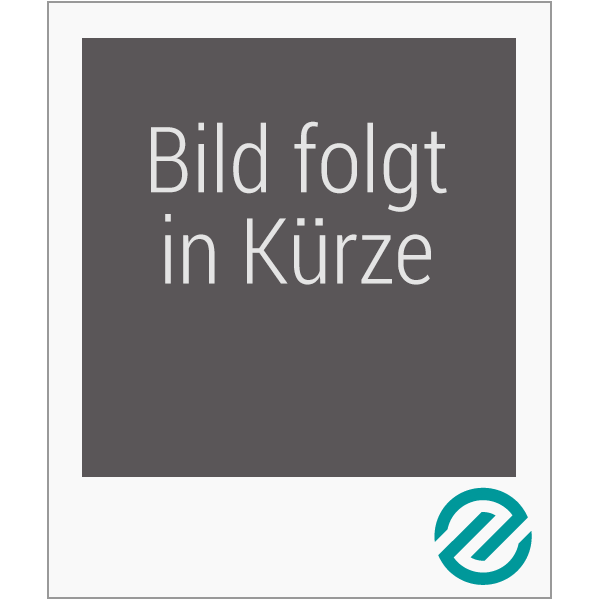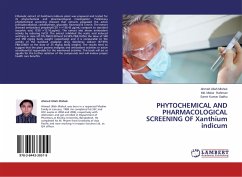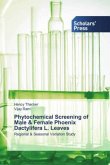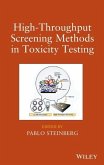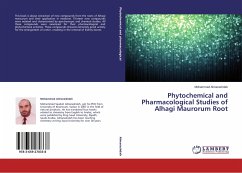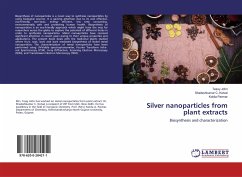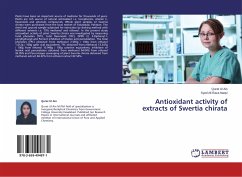Our objectives for estimation and identification the active components for ginger aqueous and ethanolic extracts using GC-MS and LC-MS analysis. Also., in the acute toxicity study for the mentioned extracts there is no toxic signs and symptoms or mortality was observed in any of the animals at the maximum 12.5 gm/kg body wight (LD50 > 12.5 gm/kg). In the sub-acute study, the repeated administration of ginger extracts for 28 days, oral at level dosage of (1250 and 1770 mg/kg) ethanolic and aqueous extract respectively did not induce observable toxic effects when compared to its corresponding control group of animals. The present study demonstrated that Zingiber officinale extracts cause significant changes by increasing the bleeding and prothrombin time, while it causes decline for platelets count with normal impacts for the liver, kidney and heart histopathological examinations. So ginger extracts exhibit obvious anticoagulant effect.
Bitte wählen Sie Ihr Anliegen aus.
Rechnungen
Retourenschein anfordern
Bestellstatus
Storno

